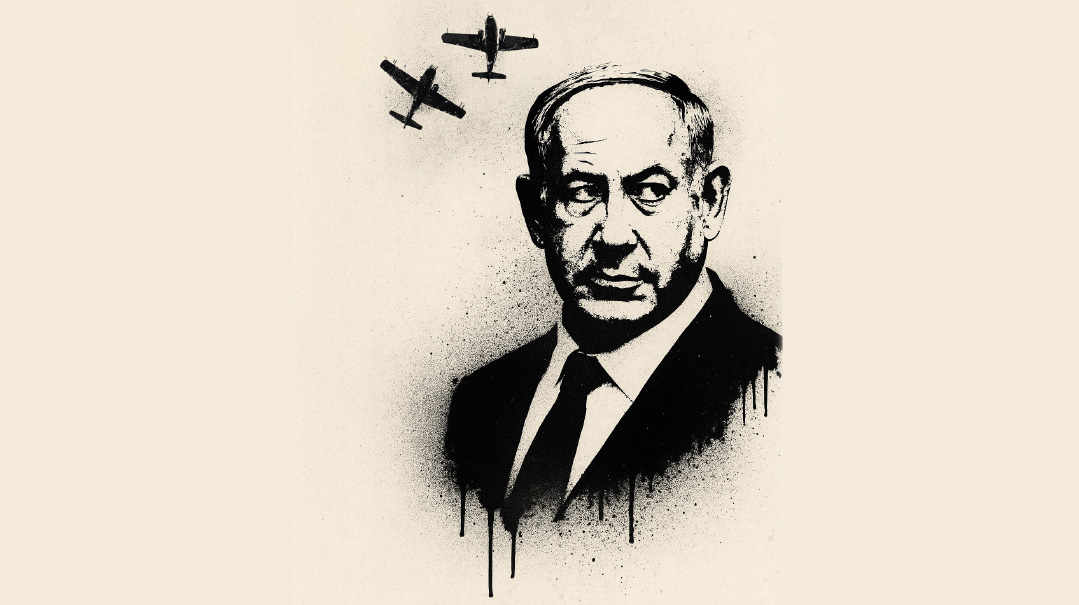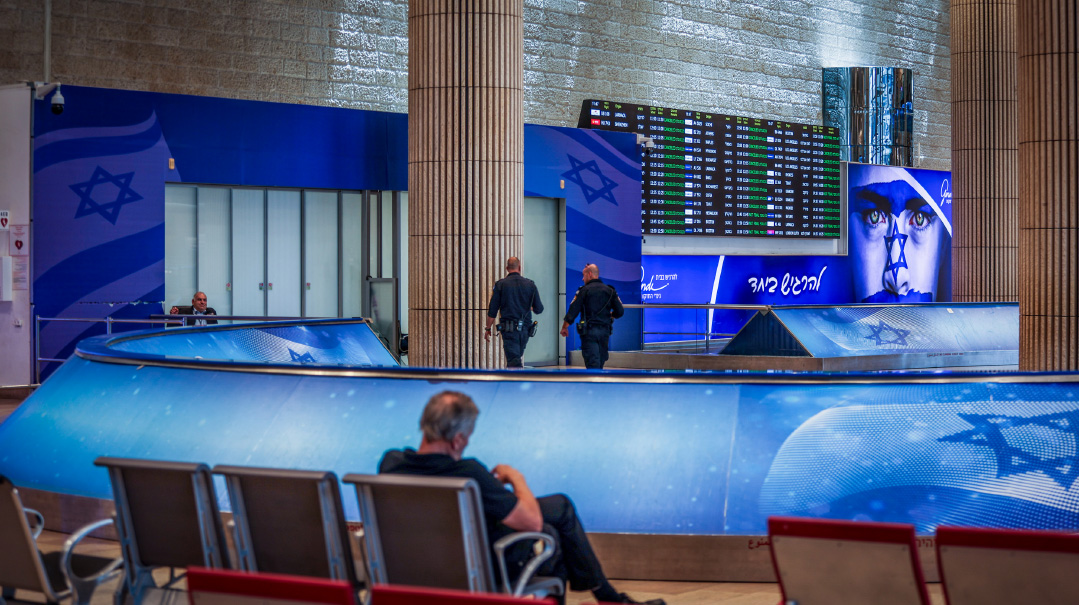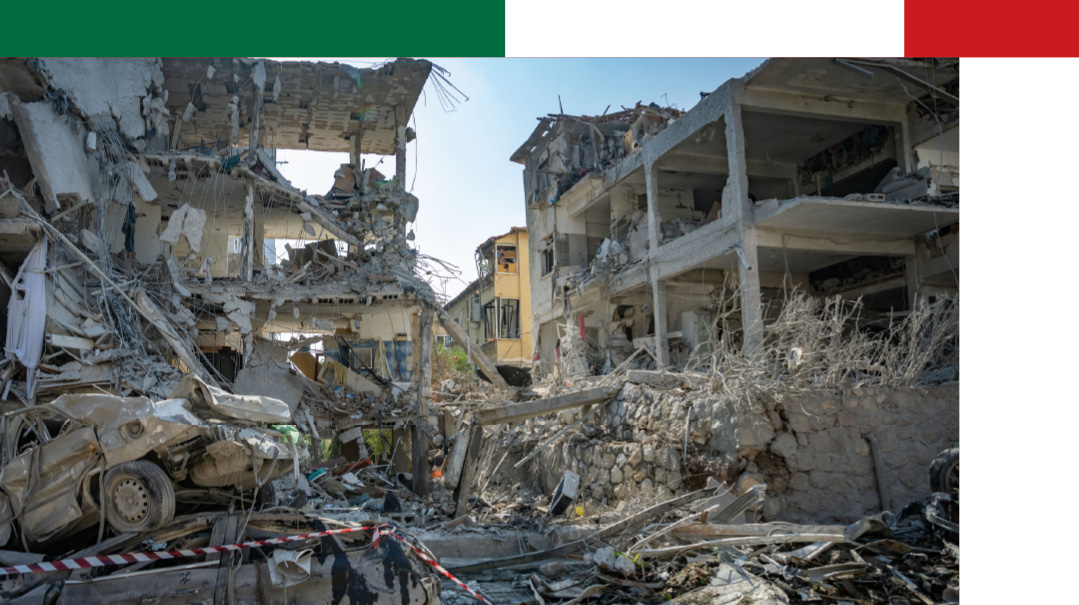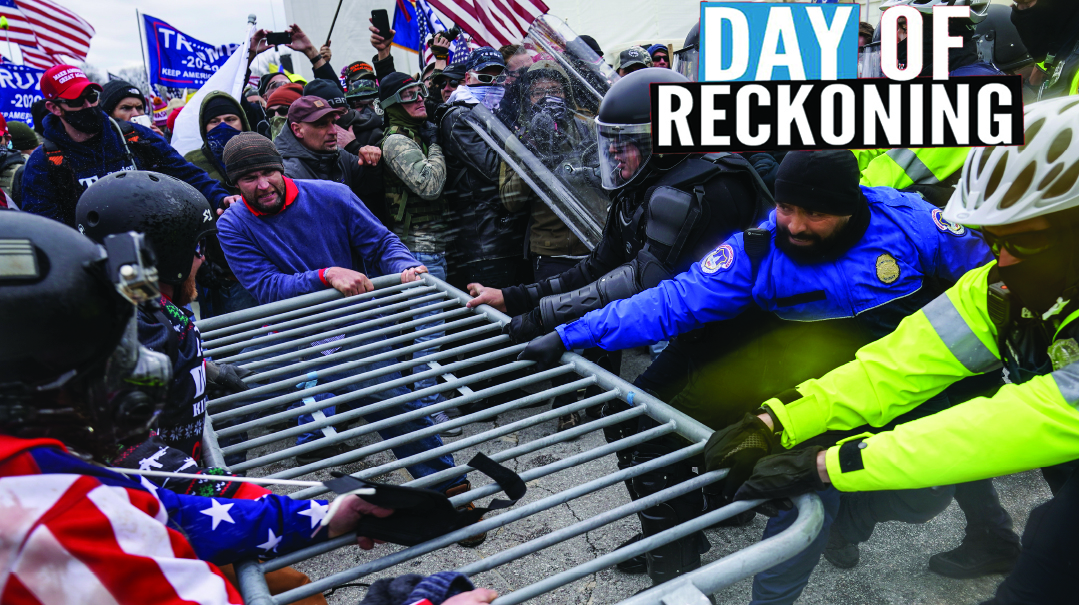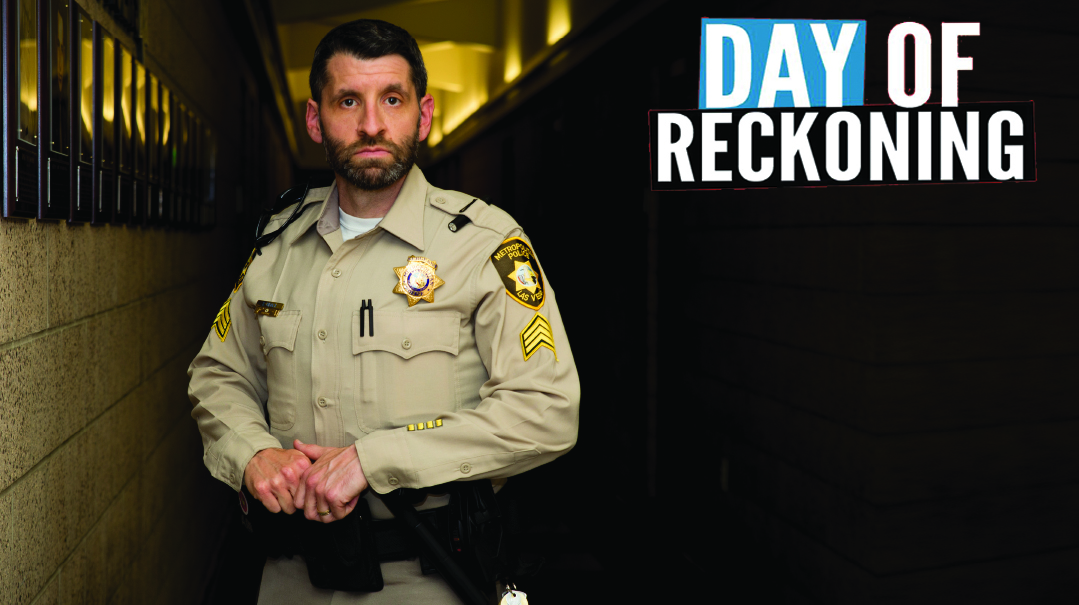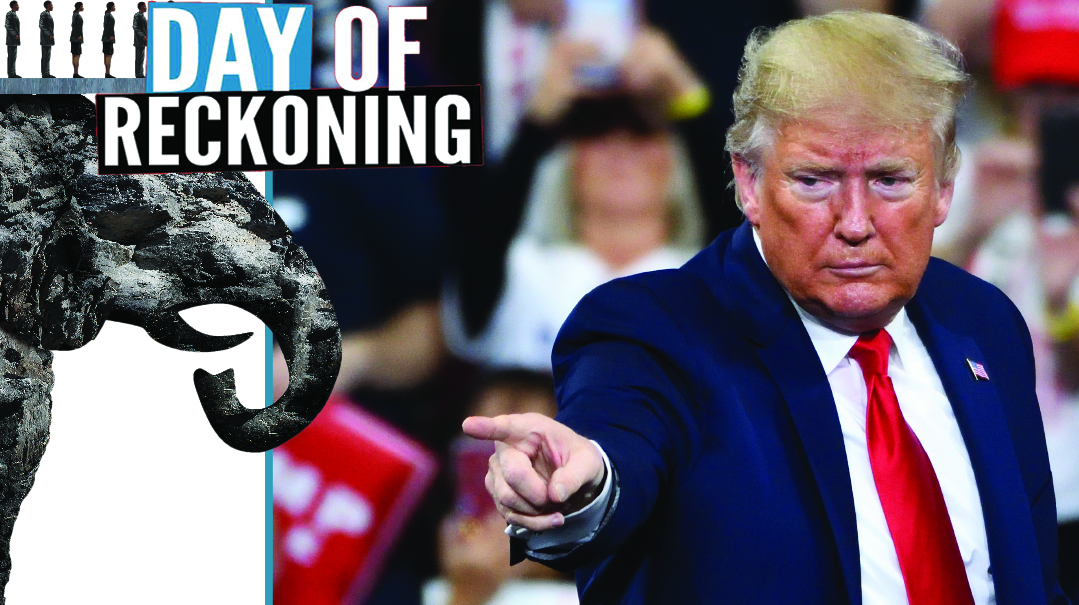Something About Those Jews
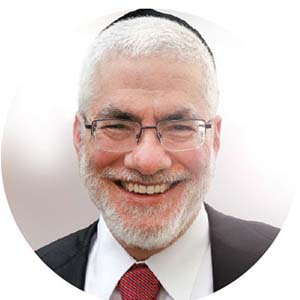
The world’s greatest anti-Semite understood the Jews’ unique mission
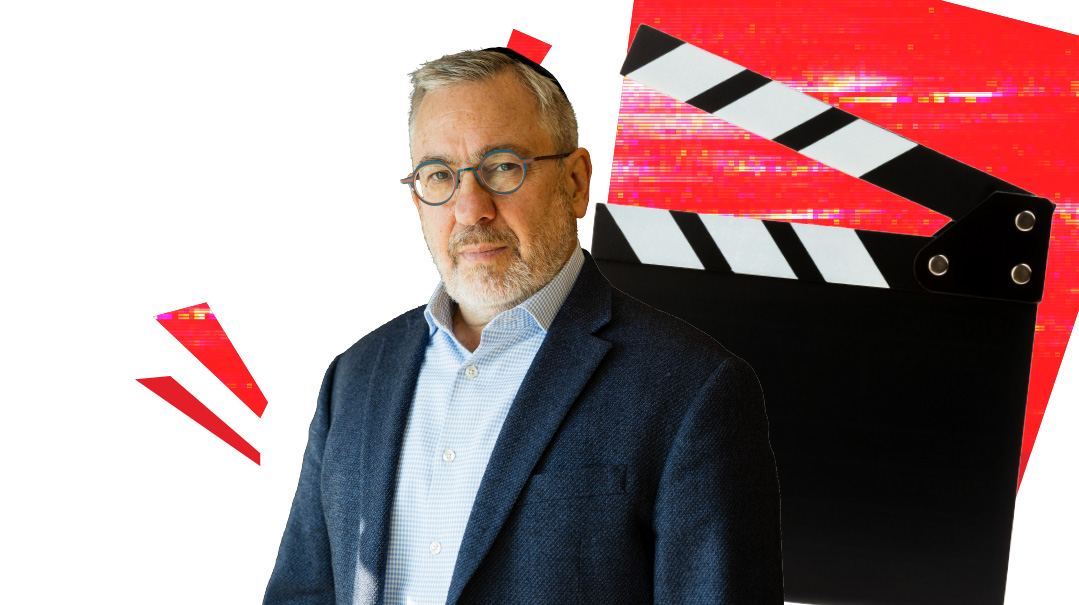
Photos: Elchanan Kotler, OpenDor Media
Filmmaker Raphael Shore has been documenting the words and actions of anti-Semites for decades, but his latest work, Tragic Awakening, actually pushes Jews to embrace their unique mission. And the ultimate irony is that Hitler, the most vicious anti-Semite of all time, understood that mission all along. That’s why the Jew were “the great disrupters of history” and Matan Torah the greatest disrupting event
“IT happens to be that the one person who had an incredibly deep insight into who the Jewish People are is perhaps the greatest anti-Semite of all time — Adolf Hitler,” says Raphael Shore.
Documentary film-maker Raphael Shore’s latest project sprang from this unsettling realization: that Adolf Hitler identified the Jewish belief in G-d’s plan for humanity as the chief threat to the Nazis. But Shore grappled with how to present the Jews’ unique calling through Hitler’s worldview, due to the lasting wounds left by the Holocaust.
“For years I thought that my approach was too radical to find an audience, and would just anger people rather than move them in a new direction,” he says. “Today, I feel there is an openness that wasn’t there previously.”
Raphael Shore has produced 19 documentaries, with a cumulative viewership of approximately 150 million, prior to beginning work on Tragic Awakening: A New Look at the Oldest Hatred. In style of presentation — interviews with experts interspersed with news clips — Tragic Awakening resembles its predecessors. But in other respects, it represents something completely new in Shore’s oeuvre.
For one, he got help from a completely unexpected source: Rawan Osman, an Arab woman whose own exploration of Middle Eastern anti-Semitism had led her to Judaism.
Raphael quickly conceptualized the film as built around discussion between himself and an interlocutor about anti-Semitism. “Our initial impulse was to try for someone famous like Noa Tishby, a pro-Israel social media influencer, or actress Mayim Bialik,” he tells me. “Rawan Osman, a Syrian-born and Lebanese-raised Muslim, who had developed a considerable media following, virtually dropped from the sky, proving that Hashem is the ultimate filmmaker.”
Her back story from “reformed anti-Semite” to “Arab Zionist” — and now, to full-fledged Jew — provided added power to the narrative.
As she responds to Shore in the course of the film, “So Hitler didn’t want to kill the Jews because they were bad. He wanted to kill them because they were good.”
Wayne Kopping, who has directed most of Shore’s Clarion Project documentaries, put his finger on the difference between Tragic Awakening and Shore’s previous films during a panel discussion following a VIP screening of the documentary, at Jerusalem’s gleaming new Museum of Tolerance last December. While the early documentaries were powerful, even terrifying, they were about “them” — primarily about those who threaten the Jewish People or the West in general. “This one is about us.”
Though the nominal subject of Tragic Awakening is the source of anti-Semitism over the ages, at a deeper level, the documentary is an inquiry into the nature and mission of the Jewish People. And as such it carries a personal “to do” message to audiences in a manner none of the previous films have. Tragic Awakening implicitly — and in numerous places explicitly — pushes Jews to embrace their unique mission.
The ultimate irony is that Shore uses Hitler, the most vicious anti-Semite of all time, to reveal that mission. Hitler, he argues, had deep insight into the true nature of the Jewish People. Only one thing distinguishes his perspective from the traditional Torah view: What we view as our greatest gifts to humanity, Hitler saw as a “wound” inflicted upon mankind, from which the world must be saved.
In a play on the similarity of the words Sinai and sinah (hatred), Chazal teach that with the giving of Torah at Sinai hatred for the recipients of Torah came into the world as well. Hitler was the embodiment of that ancient truth. One song of the Nazi youth groups proclaimed, “We are free from the mountain of Sinai.”
Oops! We could not locate your form.

